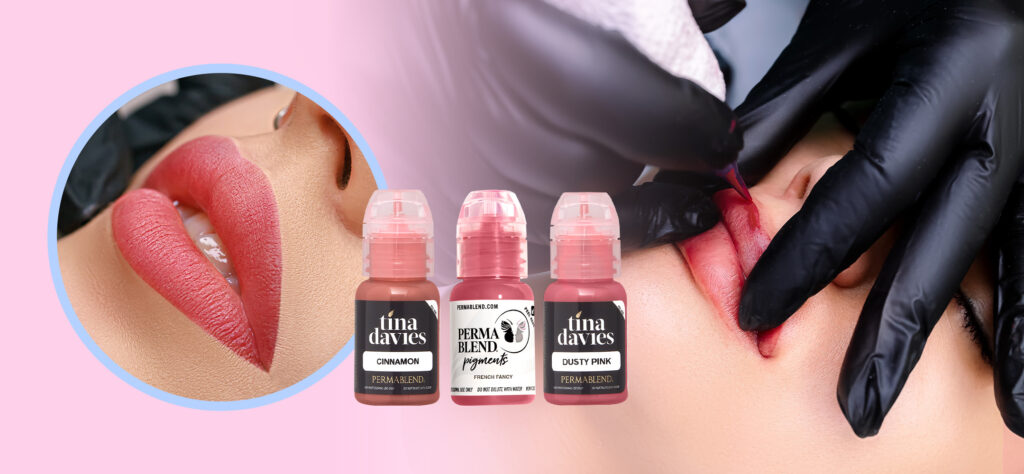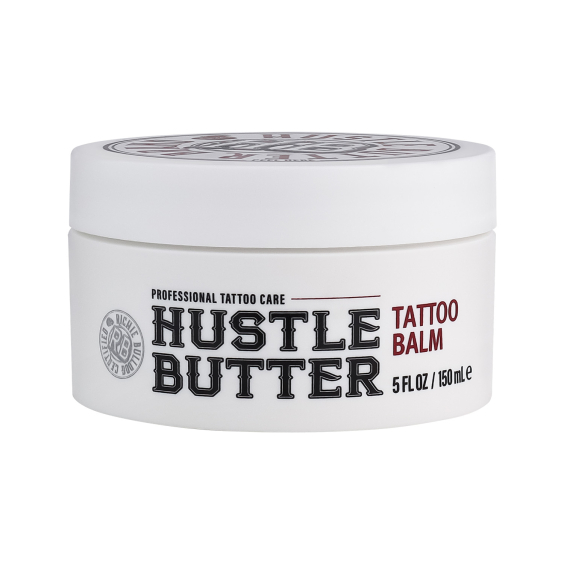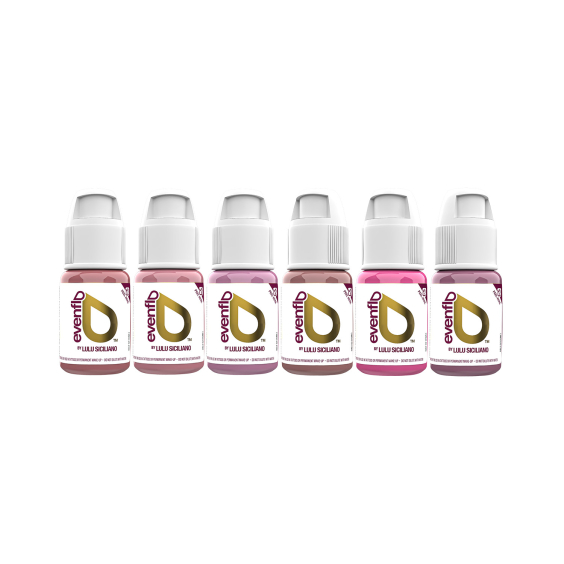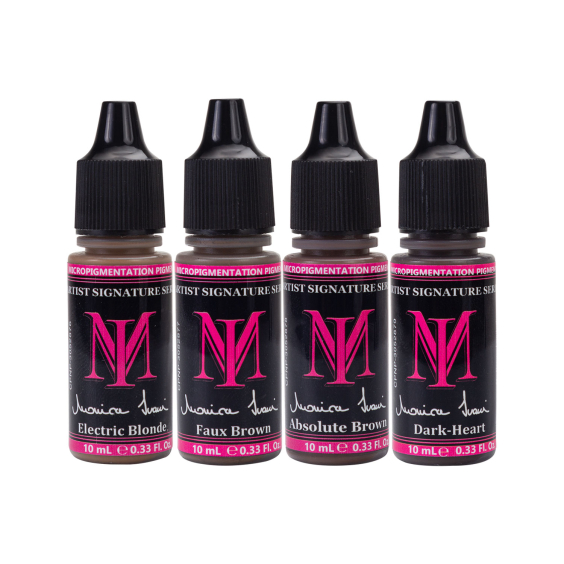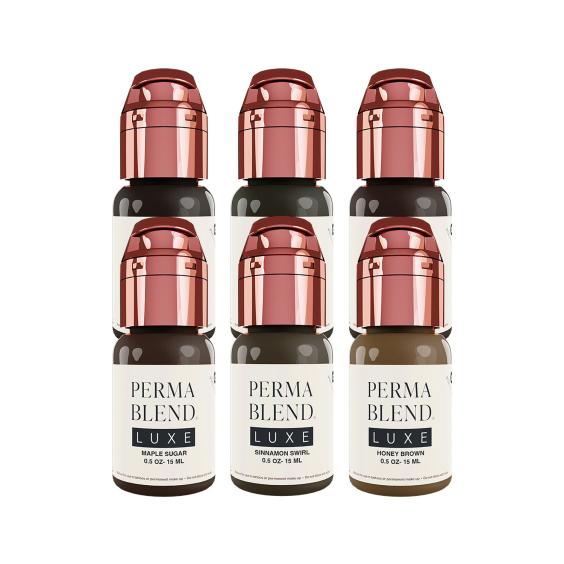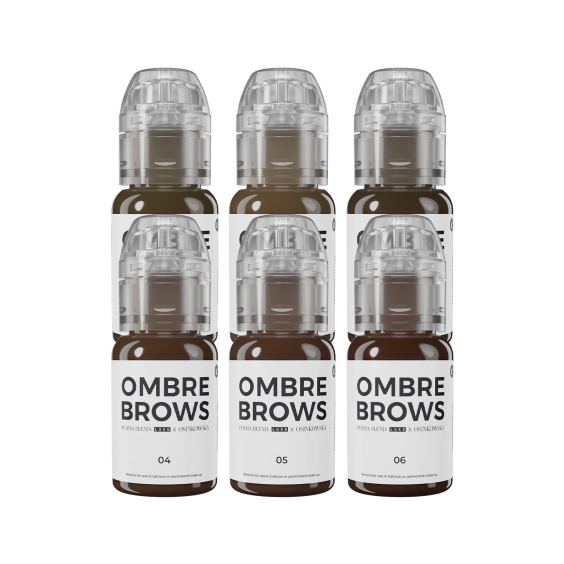Understanding Pigment Longevity in Permanent Makeup
There are many factors that you need to consider before and while carrying out permanent makeup treatments, including your client’s expectations, their skin tone, skin type, and the pigments you select.
When selecting pigments for a PMU treatment, it’s important to consider the client’s goals – especially when it comes to pigment longevity. While PMU is designed to fade over time, several factors can influence how long pigment lasts in the skin, from the type of pigment used to aftercare routines and technique.
What pigment or pigments you choose may depend on the results the client wants to achieve, including how long they want results to last. In this guide, we’ll explore what affects pigment retention and how artists can make informed decisions when selecting pigments for their clients.
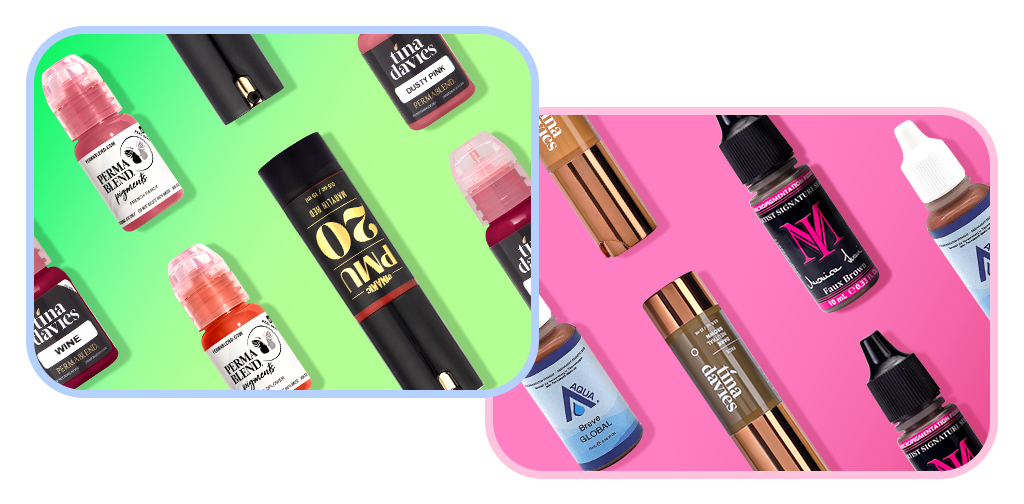
Organic vs. Inorganic Pigments
One of the first factors to consider is the type of pigment used. Organic and inorganic pigments have different properties and ingredients that affect how they age in the skin:
- Organic pigments are made up of carbon rings and chains, consisting of smaller particles that reflect more light. They tend to create bolder and more vibrant looks that are longer lasting so are often preferred for clients who want bolder looks with fewer touch-ups.
Perma Blend LUXE, the EU REACH-compliant range of pigments from Perma Blend, has a range of sets made with an organic-based formula such as The Chocolate Collection Set and the Paulina Osinkowska Ombre Brows Set.
- Inorganic pigments are derived from natural minerals, such as titanium dioxide, consisting of larger particles, reflect less light and are more opaque. They tend to be more earthy and fade quicker so are often preferred for clients who want flexibility to change up their look with the trends.
The Monica Ivani Signature Series, created in collaboration with Li Pigments contains inorganic-based pigments.
- Most pigments are made with a hybrid formula consisting of both organic and inorganic ingredients. However, they will lean more towards being organic or inorganic depending on the quantity of each ingredient.
Evenflo, founded by Lulu Siciliano, has the Evenflo True Lips Set which contains pigments created with a blended formula that consists of more organic ingredients making the pigments more organic-based than inorganic-based.
Also, the Tina Davies Professional FADE Collection contains pigments made with a hybrid formula but with more inorganic ingredients making it a more inorganic-based formula.
Titanium Dioxide, a white inorganic pigment used for its opacity and ability to lighten colours, and Carbon Black, known for its longevity, are some of the longest-lasting colourants found in PMU pigments. The amount of each ingredient used in a pigment formula will depend on what the pigment has been designed for and what colour it is. The amount of each of these ingredients can indicate how long the pigment will last in the skin.
Artists should choose pigments based on their client's desired outcome, treatment type, skin tone, and skin type as well as the ingredients used in a pigment.
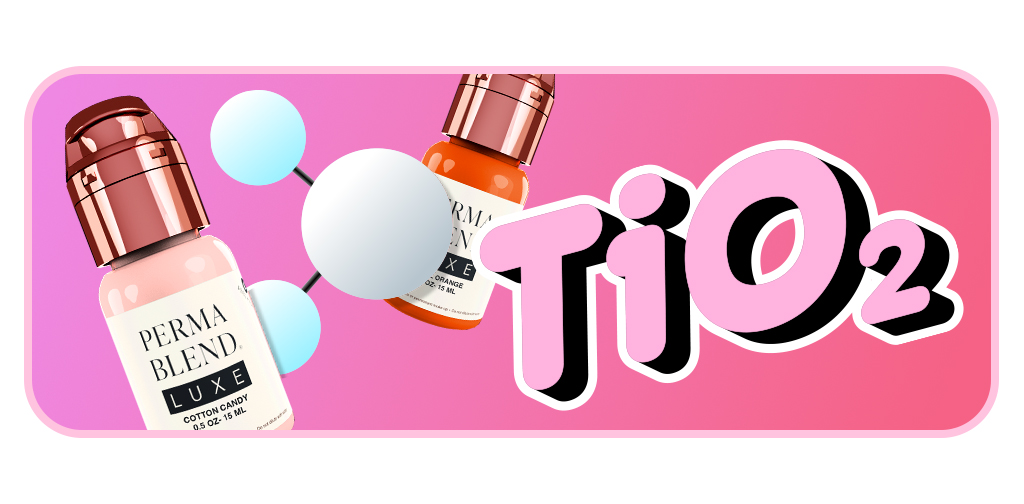
Client Pre-Care Matters
How a client prepares for their PMU treatment can significantly impact pigment retention. Some pre-care tips you could recommend to your client include:
- Avoiding alcohol and caffeine before their appointment, as these substances can thin the blood and lead to excessive bleeding during the procedure, which can cause pigment loss.
- Avoiding direct sun exposure and tanning beds for at least two weeks before your procedure is important as well. Sun exposure can make skin more sensitive which can affect the healing process.
- Keeping skin moisturised to ensure smoother pigment implantation.
- Avoiding exercise the day of the procedure.
- Avoiding natural blood thinners e.g. fish oil and Vitamin E.
- Not having other treatments, such as botox or facials, before the PMU treatment.
Advising your clients to follow a proper pre-care routine can improve implantation, provide a better healing process, and ensure longer-lasting results due to better pigment retention.
The Importance of Client Aftercare
Ensuring your clients have a good aftercare routine can help promote pigment longevity. Some aftercare tips you could advise your clients include:
- Gently washing and cleansing the treatment area twice daily with a gentle soap or unscented cleanser to remove bacteria, build-up of product and oils, and dead skin.
- Moisturise and hydrate to help promote healing. You could use Hustle Butter Deluxe to keep the freshly treated area calm, cool, and hydrated to allow for better healed results.
- Avoid direct sun exposure for around 4 weeks after treatment.
- Avoid intense exercise for around 1 week after treatment.
- Don’t rub, pick, or scratch the affected area, this can lead to scarring and colour loss.
Clients should also avoid excessive exfoliation and skincare products with acids (such as glycolic or retinol) to prevent premature pigment breakdown.
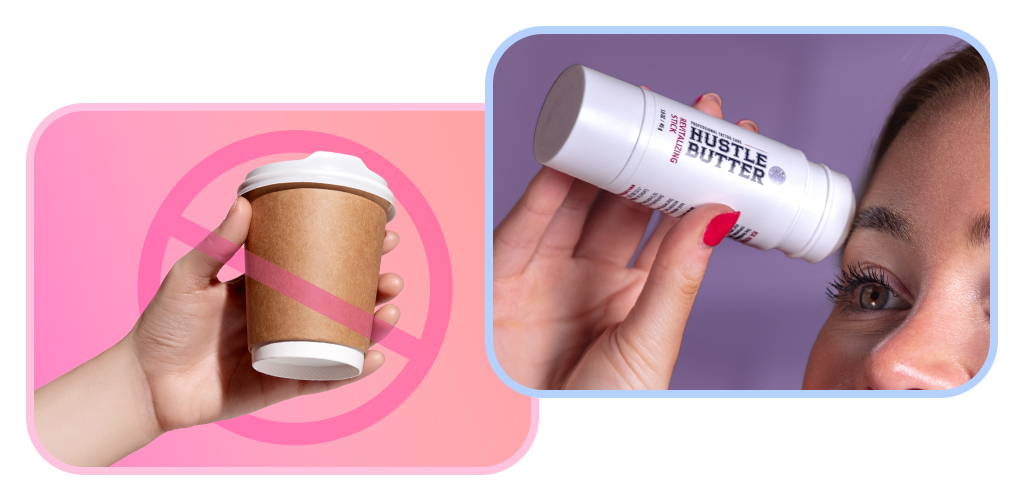
Managing Client Expectations
Not all clients want their PMU to last indefinitely. Some may prefer a soft, faded effect that requires minimal commitment, while others want maximum longevity. During your initial consultation, you should discuss your client’s expectations to ensure you’re choosing pigments that suit their desired look.
Some questions you could ask include:
- Does the client want a bold, long-lasting result or something that fades faster?
- Are they willing to maintain their PMU with regular touch-ups?
- Do they understand that factors like skin type and lifestyle impact longevity?
By setting clear expectations, you can ensure your client is satisfied with their results and understand the fading process.
Multiple Top-Ups: When is Enough, Enough?
Regular touch-ups help refresh pigment, but repeated colour boosts over the years can lead to over-saturation in the skin. If a client has had multiple top-ups, their PMU may start to look too dark or even discoloured.
In some cases, PMU removal may be necessary before adding more pigment so artists should assess how much pigment is already in the skin before recommending additional touch-ups.
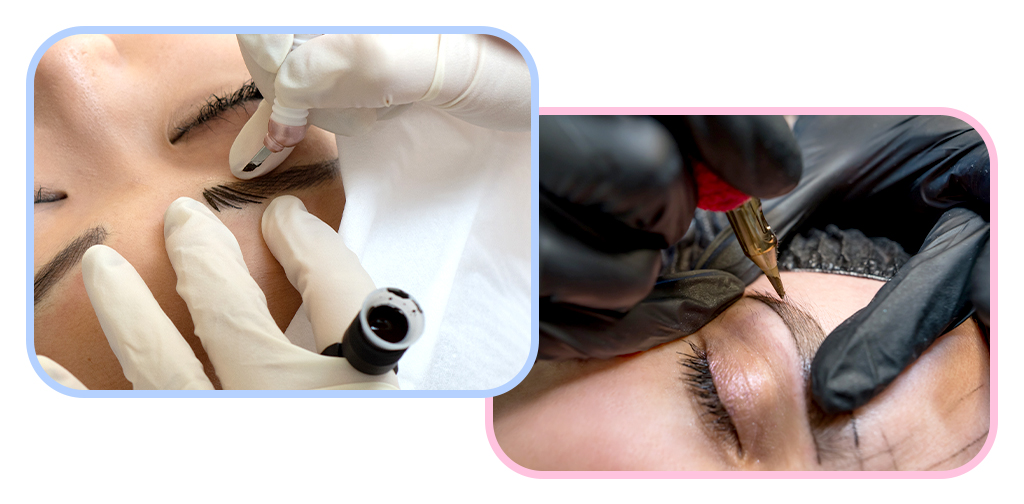
Technique: The Artist’s Role in Pigment Retention
The technique you use for PMU treatments is just as important as pigment selection. Factors like hand pressure, speed, and depth can all impact pigment longevity. Artists who work with a light hand may create softer results that fade faster, while a heavier hand can lead to deeper implantation and longer-lasting colour.
For artists unsure about their pressure or technique, attending a PMU conference or masterclass can provide valuable insights and hands-on training. Continuously investing in your PMU education ensures that you can perfect your technique and deliver the best results for your clients.
Pigment longevity in PMU is influenced by a combination of pigment choice, client care, technique, and overall expectations. By educating clients on proper aftercare, selecting the right pigments, and refining your technique, you can ensure optimal, long-lasting results.
Whether a client wants a natural fade or long-term colour retention, a thoughtful approach to pigment selection and maintenance is key.
